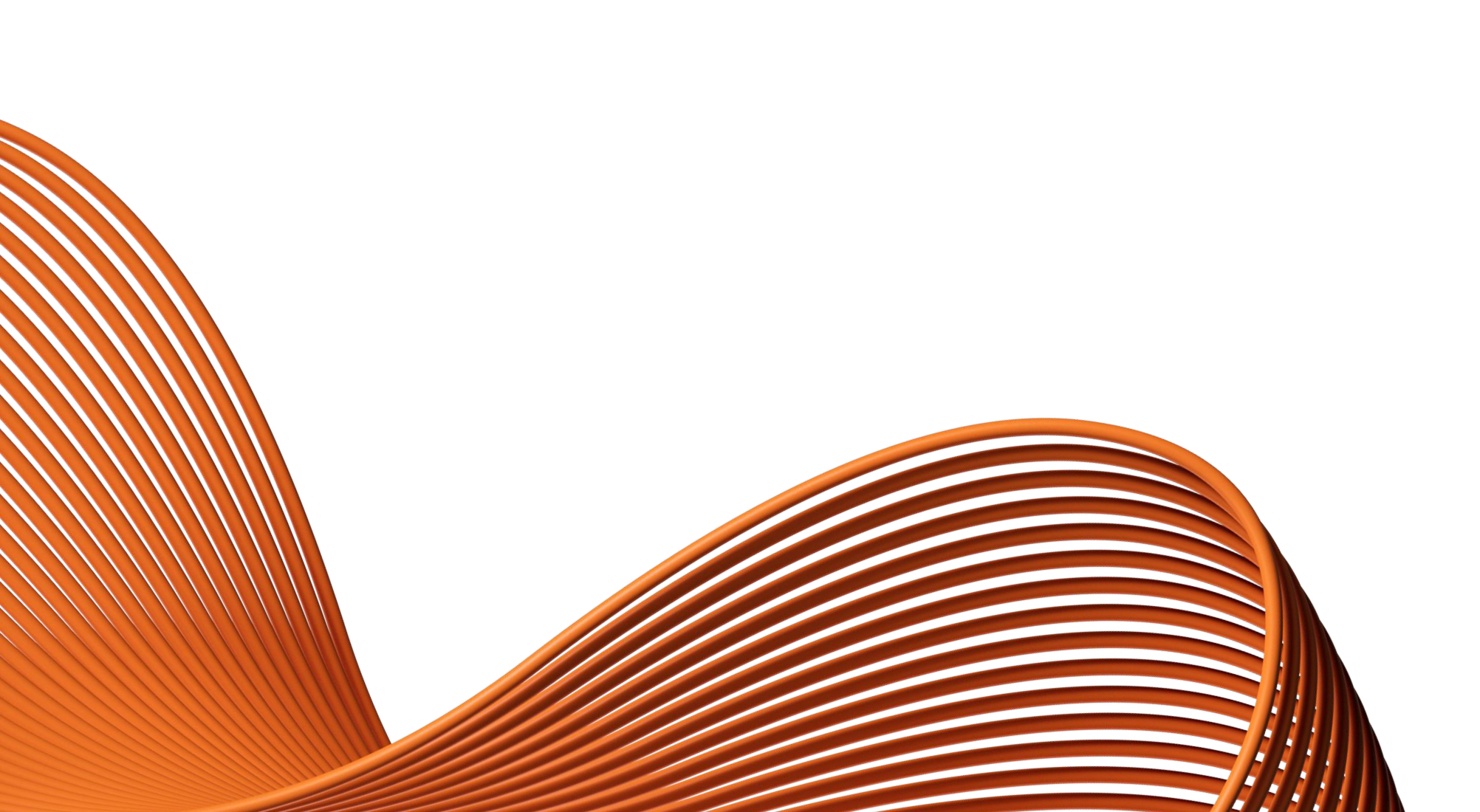- Our Products
- Upper Extremity
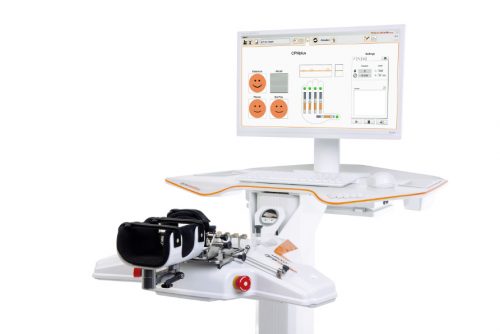 Amadeo Finger-Hand-Rehabilitation
Amadeo Finger-Hand-Rehabilitation
Amadeo is giving hands back their grip and fingers their finesse. Patients who are barely able or unable to grasp can perform hundreds of robot-assisted grasping movements. It won’t train a new Mozart. But it will help patients return to the piano, handwriting Christmas cards, and grabbing life firmly by the horns.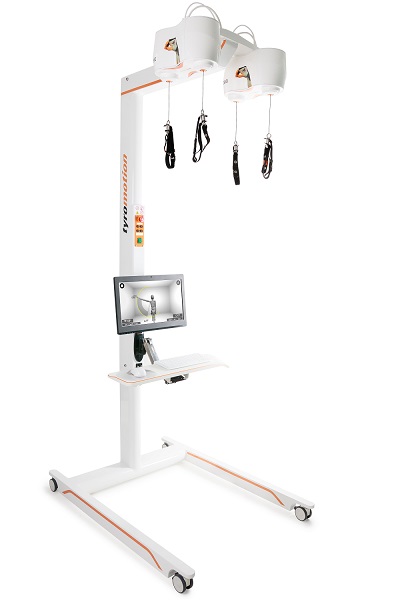 DiegoShoulder-Arm-Rehabiliation
DiegoShoulder-Arm-Rehabiliation
Diego is designed to strengthen what’s important. Whether proximal or distal training, Diego purposefully supports the rehabilitation of natural motion, allows the handling of everyday objects to be relearned, and is usable by adults and children alike.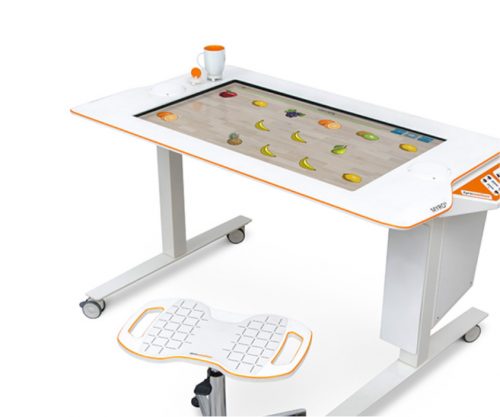 Myro Interactive and task-specific therapy
Myro Interactive and task-specific therapy
Myro is made for making humans get better! The sensor-based surface enables task-oriented rehabilitation with real objects, trains the patient’s cognitive abilities, and improves motor abilities of the upper extremity.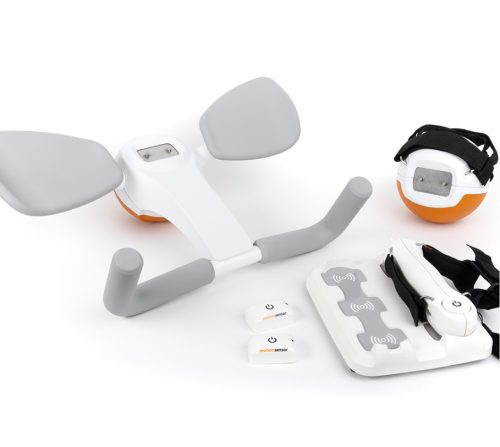 Pablo Upper Extremity Rehabilitation
Pablo Upper Extremity Rehabilitation
As a multifunctional rehabilitation device with comprehensive accessories, Pablo enhances classical therapy exercises with biofeedback, objective assessments, and gamification. It won´t train the next Picasso. But it will help patients to take back control of their lives.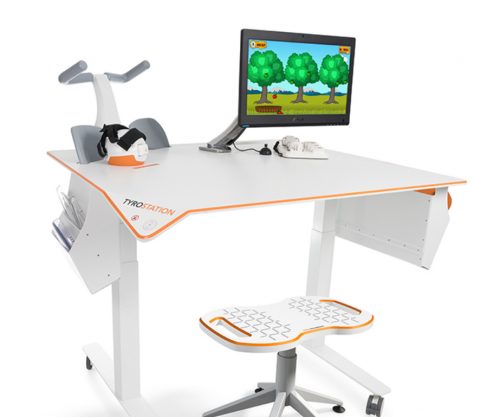 Tyrostation The perfect therapy setting
Tyrostation The perfect therapy setting
The Tyrostation is home to all components of Pablo and Tymo and provides ergonomic adaptability for patients. Sometimes, it´s about the little things in life – or therapy.
- Lower Extremity
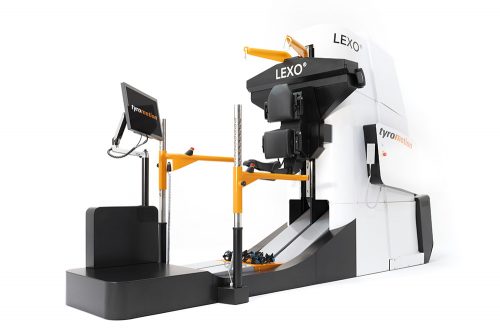 LexoGait and Locomotion
LexoGait and Locomotion
Lexo is a revolutionary gait trainer and impresses with fast setup, high patient activity and optimal trunk support. It encourages active participation and enables therapists to focus fully on their patients.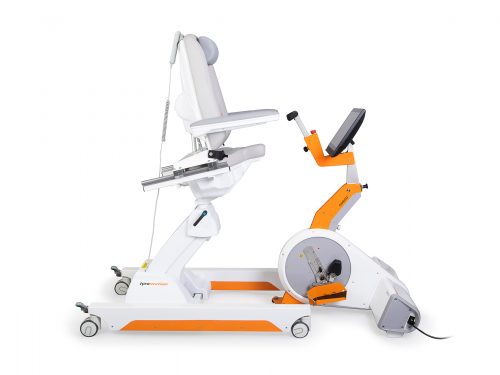 Omego Plus Gait training for the goals across all phases
Omego Plus Gait training for the goals across all phases
More than just a therapy bike! Omego Plus combines uni- and bilateral leg training, leg press, stepper, cycling & foot lift training in one device. Stride stronger with Omego Plus!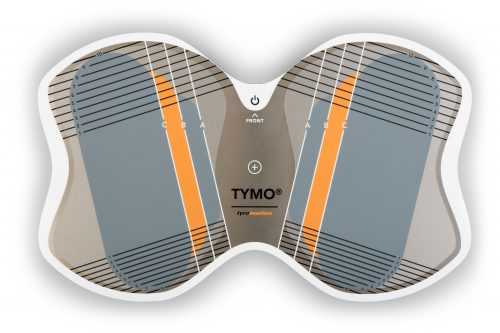 Tymo Balance training and postural control
Tymo Balance training and postural control
Small but powerful! Tymo is a versatile measurement and therapy system for the whole body. In addition to the standing position, Tymo offers a wide range of options for maximum variety during therapy.
- MTT-Line
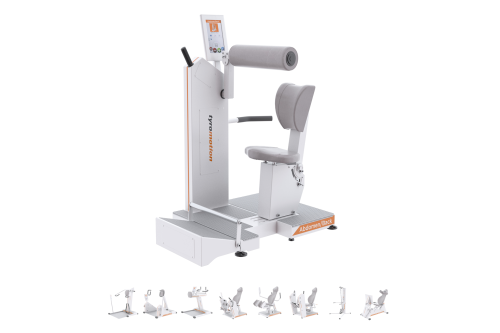 MTT-LineMedical training therapy
MTT-LineMedical training therapy
Get back in the game with the MTT-Line! The Medical Training Therapy devices are specifically designed to strengthen the six major muscle groups of the human body. Barrier free and maximum adjustability make the devices accessible for all types of patients.
- Software
 Maya Patient Management Software
Maya Patient Management Software
Maya reduces paperwork, standardizes documentation, and automates reporting, making administration effortless and efficient. Designed for therapists to work wonders!
- Upper Extremity
Rehabilitation
Your Competitive Edge: Advanced Rehabilitation Technology
8. November 2021 ● 4 min. Reading time
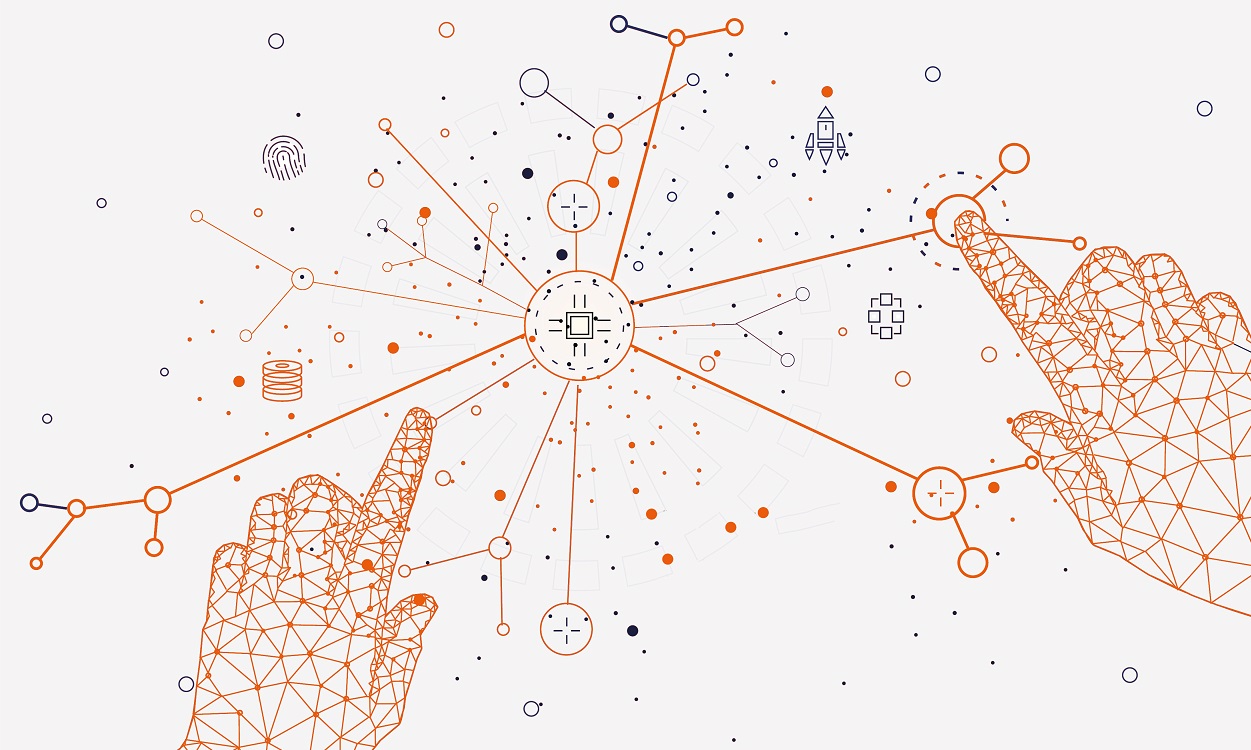
From robotics and sensor technology to virtual reality and gamification, therapists utilize these innovative tools to maximize patient rehabilitation. Additional benefits of these technologies include:
- Cost savings. Investing in the latest technology can help reduce costs for your clinic in the long run.
- Standing out from your competitors. Offering a new technology can give you a competitive edge over your competition.
- Improving patient outcomes. Therapists achieve better patient outcomes by increasing treatment intensity, dose and efficiency.
- Providing hope to patients. Since these new technologies improve patient outcomes, new hope is given to stroke and traumatic brain injury patients.
Keep reading to learn more about these benefits.
Cost-Savings
Combining PT and OT with advanced rehabilitation technology can help contain the cost of operating a clinic in several ways.
Built-in software that gathers data and provides metrics, helps eliminate the need for tedious administrative work. Instead of spending time on documentation, practitioners can deliver more therapy in less time or simultaneously treat more than one patient.
With more efficient and superior outcomes, patients may be discharged sooner. Clinics save on insurance costs, and open their schedules for more patients.
Standing Out from Your Competitors
When dealing with neurological trauma, such as a stroke, patients and their families seek the highest quality care. Families want to give their loved ones the best chance of recovery. People search for indicators which might be the best facility. Hospital quality rankings, innovative therapy means and word-of-mouth referrals from doctors or the public can help them in their decision.
With innovative technology, clinics can gain a competitive edge in the region.
Bringing the latest technologies to the community sends a message to prospective patients and their families that you take advances in care seriously. Advanced rehabilitation technology can supplement your therapists’ work. Patients regain the function they need to perform activities of daily living (ADL).
Improving Patient Outcomes
Optimal rehabilitation from stroke or other brain injuries requires a high dose of repetitive motions. Therapists often struggle to engage patients in the monotonous exercises needed to build their endurance, coordination, and flexibility. However, fun, therapeutic games and technology can sustain people’s attention and motivate them to complete their exercises. Robotic and computer-assisted technology can also make therapy seem less daunting.
With gait training, in particular, patients are making great strides with robot-assisted therapy. Best practice typically calls for therapists to support their patients while performing certain exercises, like standing and walking, or reaching. Assistive technologies carry out this task. The therapist can concentrate fully on the patient and a correct movement pattern.
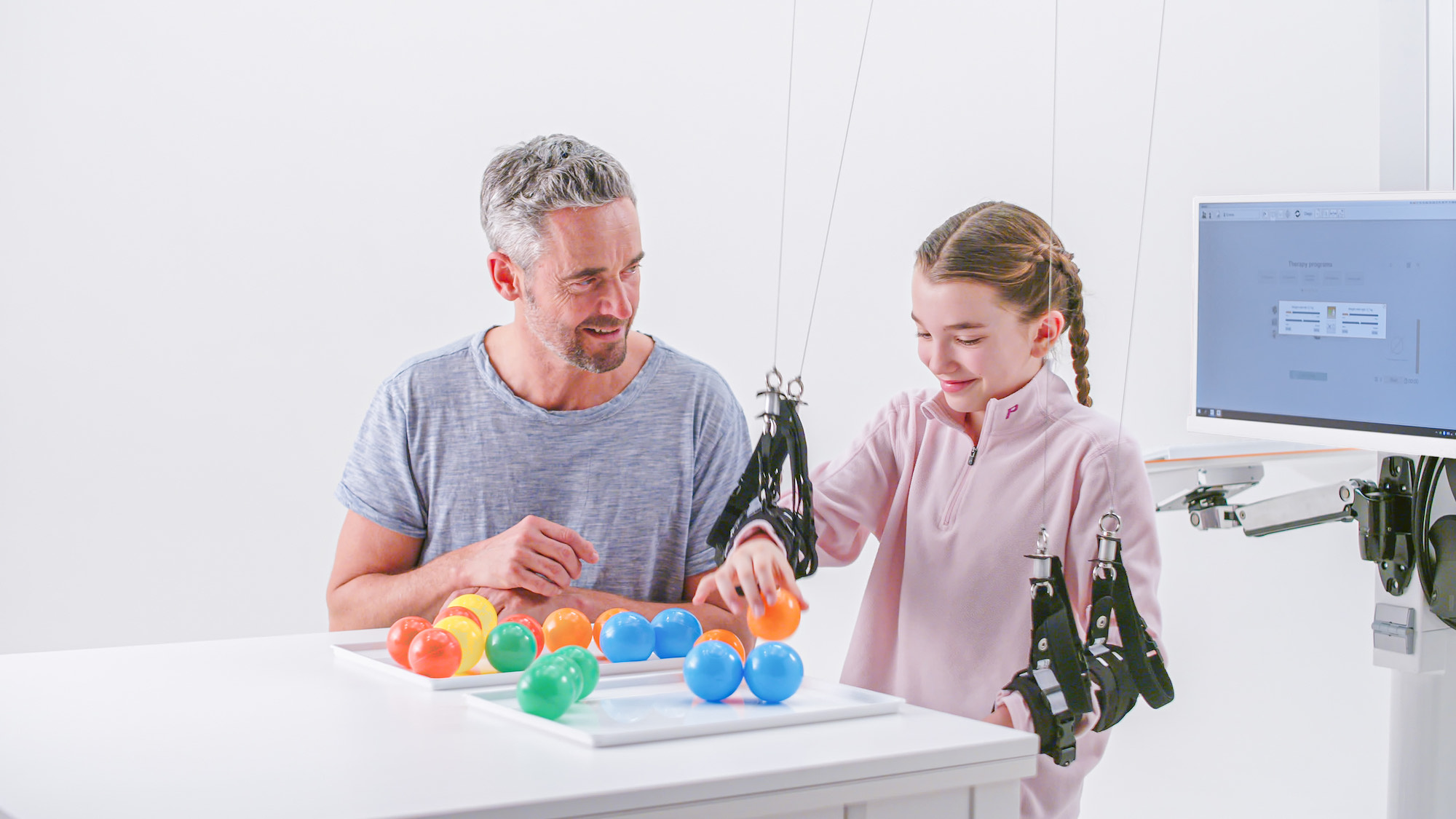
For instance, when relearning to walk, some patients can’t lift their feet or use their arms for balance.
Patients have trouble with their cadence and weight shifting as well. Instead of focusing on balancing or fear of falling, devices support the patients and provide the intensive step or repetition dosage that the patient needs to recover.
Robotic devices also protect the therapist from bearing weight or catching patients when they fall. This also helps prevent injury among therapists.
Providing Hope to Patients
Every therapist aims to improve their patients’ quality of life and help them succeed when they are back in their community. The best reward is to see someone walk out of the clinic when upon beginning therapy they had trouble taking even one small step. New advances in the fields of PT and OT, including innovative technology, push the limits of what’s possible after neurological traumas.
Innovative technology provides hope to patients.
You might also be interested in
4. April 2023
Health
Rehabilitation
Stroke nutrition guidelines for optimal health
Nutrition as the key part in health and well-being of stroke survivors A healthy, balanced …
21. March 2023
Rehabilitation
Kinesio taping in neurology as a useful therapy supplement
The Kinesio tape and its usefulness in neurological therapy What was originally known only from …
7. March 2023
Rehabilitation
Exercises against freezing of gait in Parkinson’s disease
When the legs freeze – how does the symptom “Freezing of Gait” manifest itself? Parkinson’s …



 Contact
Contact 

 Contact
Contact 